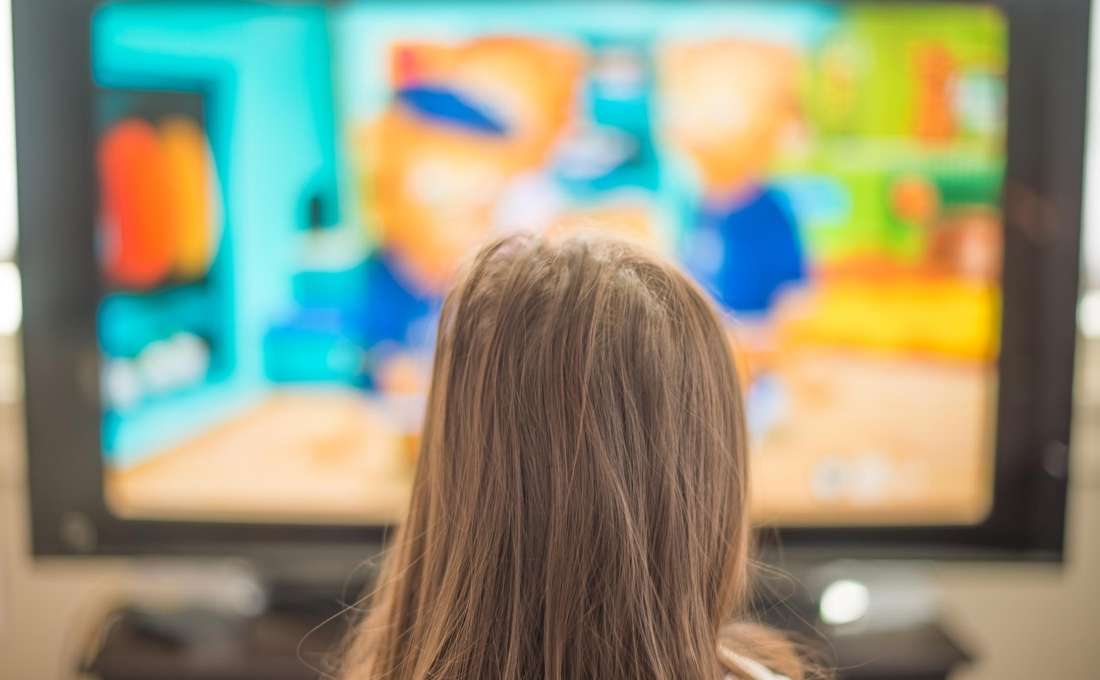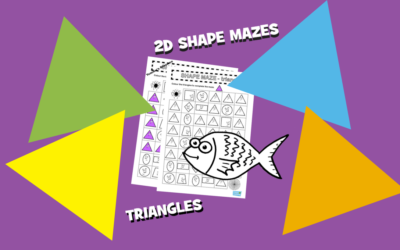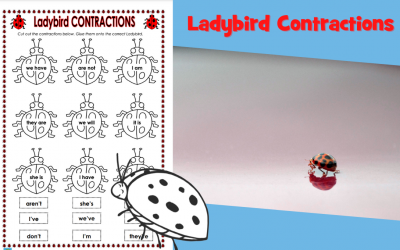An Australian 2017 Child Health Poll identifies one-third of pre-schoolers and two-thirds of primary school children own their own tablet or smartphone. Based on Australian National Physical Activity and Sedentary Guidelines, children under 2 should have no screen-time at home; from 2-5 years, less than an hour a day; from 5-17, less than two hours a day. While there is a legitimate cause for concern about mindless entertainment, the sites such as Lizard Learning, ABC’s Reading Eggs and Schichida, are educational resources.
Jess Sergeant from Schichida’s early learning centre asserts that IPads are educational and promote parental bonding. Engage in your child’s screen-time. Expect homework and chores completed beforehand. Ensure devices are in the lounge room; not their bedroom behind a closed door. Emphasise quality content. Raising Children Network defines positive screen time benefits such as ‘learning new skills, increasing problem solving capability and giving children new ideas for traditional play’. Think creatively for real-world uses, such as filming flowers and birds. Cognitive, physical and emotional benefits of exercise, sunshine and getting out in nature are well documented. International studies highlight strong, positive relationships nurture happiness and contentment; boosting a sense of belonging.
Too much screen time is linked to obesity and adverse cognitive effects. The Adolescent Brain Cognitive Development (ABCD) study directly assessed the cognition of 11 000 9-year-olds at 21 sites throughout the US: ‘children who reported more than two hours a day of screen time scored lower on thinking and language tests’. MRI scans found significant differences – a premature thinning of the cortex, which processes information from human senses – in the brains of some children who reported using smartphones, tablets and other devices more than seven hours a day. Be aware of the signs of cognitive impairment and tiredness, irritation and inability to regulate emotions. A child’s outbursts when they’re told to unplug and reconnect to the real world is not pretty; addiction and withdrawal create mood chaos.
Teachers can educate students and parents on the physiological effects of too much screen time and school’s digital policies provide rules and regulations. Use online educational tools in conjunction with traditional resources (physical books and worksheets, tactile arts and crafts). Work with parents and children to set screen time plans at home and support educational use. Teachers: ensure students are not communicating primarily through apps and chat sites; the latter can expose children to harmful material and pose safety risks.
Parents and teachers: model appropriate use of technology. If your relationship to technology is poor – you frequently lapse into distraction or spend too long on your smartphone or tablet – children adopt this as ‘normal’. Technology, when harnessed for learning, is important; balance is the key.





0 Comments